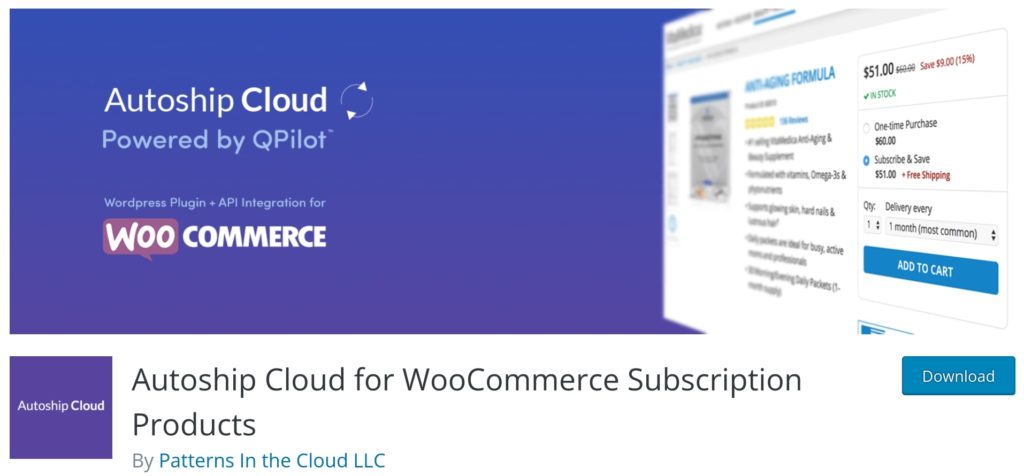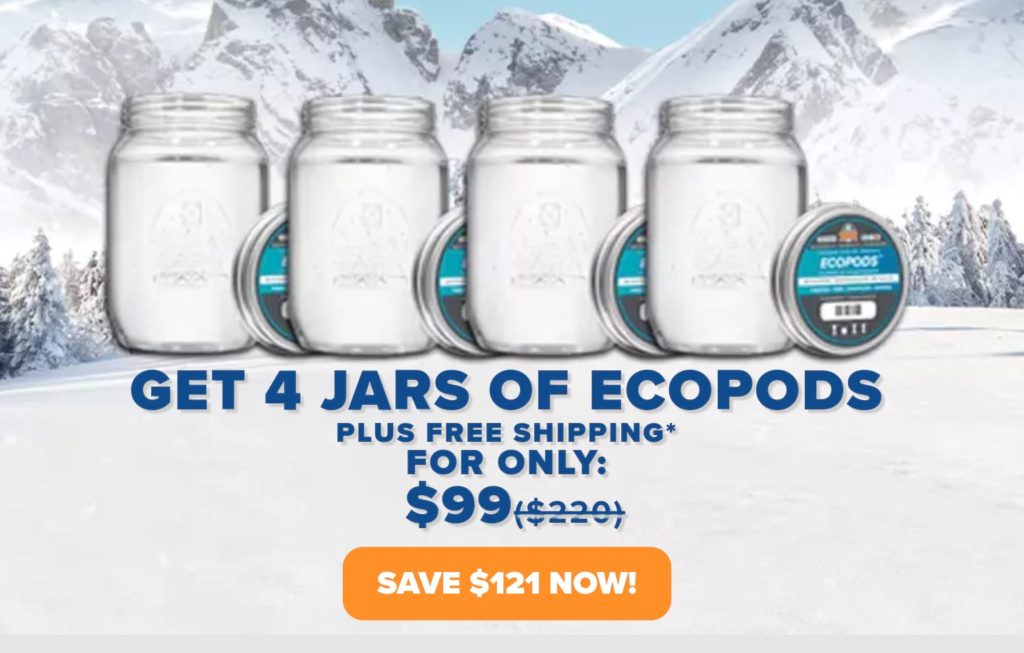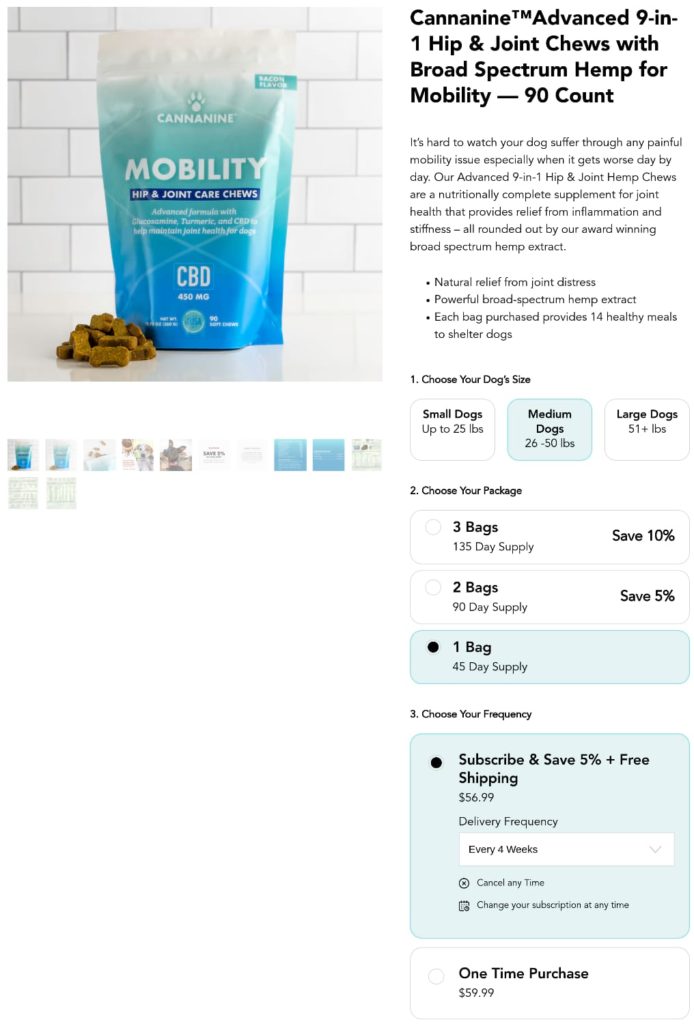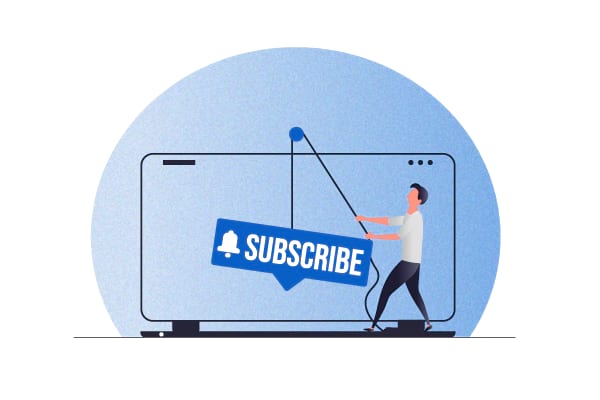Upselling — or persuading your customers to buy a better version of the product they’re considering getting — is one of the best ways eCommerce businesses can boost their average order value. Upselling involves prompting
consumers to get a newer, better, or more value-for-money upgrade over the one they’re considering.
When done right, upselling helps eCommerce companies boost their revenue and that too without investing in additional marketing efforts. Customers benefit from upselling too, as it allows them to buy a better product, one that delivers more value.
You have plenty of opportunities to drive a higher average lifetime value through upselling during the entire eCommerce sales cycle (including pre- and post-purchase touches). Upselling is often confused with cross-selling, order bumps, and add-on sales — and let’s admit they’re all similar! But they aren’t the same. Let’s quickly recap these concepts before we get to our best upsell strategies and see how they differ from these. However, some ideas on our list will also seem to overlap with these ideas.
Implement these upsell strategies on your store with Autoship
Get Autoship Cloud today and implement a range of upsells like subscriptions and product bundles on your store (with zero coding). Sign up for a free trial now.
The best upsell strategies at a glance
1. Setting up subscription upsells
2. Creating bundle offerings upsells
3. Offering the “build your own bundle” upsell
4. Offering a customizable product bundle upsell
5. Setting up subscription box upsells
6. Going with the “frequently bought together” upsell
7. Following up with the latest products – the NEW ARRIVALS upsell strategy
8. Promoting bestseller upsells
9. Introducing crossing the aisle upsell
10. Upselling the upsell upsell strategy!
Upsells, cross-sells, order bumps, and add-on offers
Let’s take an example and see how an online store can approach upsells, cross-sells, order bumps, and add-on offers for a mobile phone product.
The basic offer for this product is obviously: Version X for a mobile phone.
An upsell product offer for this product would be: Version X Pro.
A few cross-sell offers for this phone would be trying to get the user to buy additional products like a pair of earphones, a phone stand, a phone cover, etc.
An example of an order bump offer for it would be an extended warranty for the phone.
An add-on sale offer for the same would look like being asked to add a pair of earbuds to the purchase to get a back cover free.
As you can see, upselling is asking a user to get a more expensive product. However, if you look for upselling strategies, you’ll mostly come across overlapping ideas that feel like a mix of all of these. With that in mind, let’s go over ten of the best upsell strategies that you can try on your online store.
1. Setting up subscription upsells
Setting up Amazon-like subscriptions is one of the best upsell strategies that works for almost all eCommerce stores — especially for those into replenishments, home supplies, and supplements, among others.
Agreed: Subscriptions don’t involve selling a superior or a higher-end product — it’s indeed the same product! — but this is about the experience.
Think about it:
When a consumer subscribes to a product instead of getting it as a one-off purchase, they don’t have to:
- Worry about refilling their stock.
- Finding and adding the stuff they need.
- Completing a tedious checkout process by entering their billing, shipping, and payment details (each time they need to restock).
All of this is done for them. What’s more, they actually get a discount too! But despite offering discounts, subscriptions still mean profits. eCommerce stores that set up product subscriptions report a 15% higher average lifetime value. Oh, and did you know that subscribers can have an impressive 41% retention rate (even beyond the 12-month period, depending on your industry)? In comparison, the average eCommerce retention rate is just about 1%.
Here’s a WooCommerce store offering Amazon-like subscription upsells on its product page via Autoship Cloud: (This is an example of a pre-purchase upsell offer.)

Notice how the store displays the subscription offer right next to the regular purchase option. The subscription upsell is popular with eCommerce consumers, with 35% maintaining at least three ongoing subscriptions.
In addition to product pages, subscription upsells are also effective on the shopping cart page. Here’s a WooCommerce store pitching the subscription upsell offer on its cart page (again, via Autoship Cloud):

It’s also possible to pitch the subscription upsell on the checkout page.
Setting up such Amazon-like subscription upsells on a WooCommerce store is as easy as one two three with Autoship Cloud

Autoship Cloud is a WooCommerce subscription plugin that brings end-to-end subscription management to WooCommerce. If you want to launch subscription upsells on your WooCommerce store, all you need is Autoship Cloud.
Autoship Cloud’s key features:
- Convert your simple and variable WooCommerce products into Amazon-like product subscriptions with just a few clicks — you don’t need to know any coding.
- Offer subscription upsells on all your 1) product pages, 2) your cart page, and 3) even on your checkout page.
- Use from a host of payment gateways like PayPal, Stripe, Square, Authorize.net, etc., and offer your users their favorite payment methods for subscribing.
- Give your users complete control over their subscription experience by letting them pause, resume, or cancel their subscriptions. Your users can even reschedule their upcoming shipments’ delivery dates.
- Choose from a wide range of coupon types to reward your most loyal subscribers. You can configure flat-rate discounts, cart value-based deals, percentage-based discounts, and more. These come in handy in boosting your average customer lifetime value.
- Send your subscribers emails when key subscription lifecycle events like a subscription payment renewal or a shipment delivery happen or if any changes are made to the existing shipments. You can even email your subscribers before charging them an automatic subscription payment, giving them the window to pause or cancel if they need to.
- Choose from a host of shipping providers and offer your subscribers the best shipping rates. Even better, you can waive the shipping fee or collect it as a one-time charge from your subscribers.
- Let your subscribers check out with one-time purchases and subscriptions in a single checkout — Autoship Cloud supports mixed checkout.
- Spot optimization opportunities with Autoship Cloud’s rich data reporting, including metrics like your subscriber conversion rate.
And much more!
Autoship Cloud also lets you create upsells like product bundles and subscription boxes, among other upsells. (More on this below.)
Get started with Autoship Cloud in three easy steps
Step #1: Install and activate Autoship Cloud on your WooCommerce store.
Step #2: Configure payment gateway settings.
Step #3: Set global upsell subscription schemes and apply them to all your products globally or to a select few products.
Here’s a quick video to help with this process:
And here’s the step-by-step documentation on the same.
Sign up for a free Autoship Cloud trial now. You get a fully-featured two-week trial to implement subscription upsells across your store.
2. Creating bundle offerings upsells
Adding product bundles to your catalog is yet another very effective upsell strategy. Here you take one of your top-selling products and bundle it up with some of your related relevant products.
With this upsell strategy, when someone’s checking out your product, you upsell them a bundled offering. Since product bundles come with relevant related products at a discounted pricing, customers love signing up for them. Did you know that product bundles drive about 10-30% of upselling and cross-selling eCommerce revenue?
Here’s a WooCommerce store selling product bundle upsells (via AutoShip Cloud):

Product bundles can also simply be volume-based. Here, you offer your customers discounts for buying in bulk. The Algae Barn WooCommerce store offers its users volume-based discounted product bundles (via Autoship Cloud):

3. Offering the “build your own bundle” upsell
Okay… so the “build your own bundle” upsell strategy is similar to upselling product bundles.
However, here, you don’t offer a pre-curated bundle. Instead, you create a catalog of related products and let users build their own bundle. They can add whatever they need to their original purchase.
The “build your own bundle” option is the DIY approach to product bundles. You can also call this the mix and match style of product bundles, letting users do their own thing but still choosing from products that you want to promote/upsell. This is a great way to assist users in discovering newer products.
Here’s a build your own bundle upsell strategy in action on a WooCommerce store (via Autoship Cloud):

Since Autoship Cloud ships with the product bundles feature, you can easily use it to launch such “BYOB” upsells on your WooCommerce store.
4. Offering a customizable product bundle upsell
This is yet another version of the product upsell strategy. This is like build your own bundle, but here you’re offering customizations and not exactly choices for handpicking different products. However, it’s still an excellent upsell strategy, as often times customers happily pay more for basic customizations.
Here’s a WooCommerce store doing this beautifully with Autoship Cloud:

5. Setting up subscription box upsells
Subscription boxes represent a unique kind of an upsell. Here you can pitch a subscription service upsell to your customers and tell them that they will get a surprise hand-curated box including items like the one they’re just currently checking out.
Curated subscription boxes, in fact, drive the most ecommerce subscription revenue. Curation subscriptions account for 55% of total eCommerce subscriptions. Customers love the product variety they get via such curated services.
Apparel, lifestyle, fashion, self-care, and health are some niches where curated subscription box services work really well.
The WooCommerce store Herbsmith does a great job at offering such a curated subscription. When a pet owner visits the Herbsmith store, Herbsmith asks them to take its “Curate the Bowl” survey so that it can understand their pet’s nutritional needs better. Based on the user’s inputs, Herbsmith curates a personalized feed and supplement plan for the pet.
Herbsmith then emails the pet owner a plan — or a “bowl” — that often recommends about 5-6 items for their pet. Here’s a sample email:

The customer gets a chance to order any of the items in the recommendations as a one-time purchase or as a subscription (that gives a flat 5% off). That’s not all. Herbsmith also recommends the customer to subscribe to the whole “bowl” and get a flat 20% off on the cart value. (This is upselling of a different kind — more on this below!)
6. Going with the “frequently bought together” upsell
Yet another way to promote an upsell is to simply show users products they might be interested in buying, complementary to the ones they’re checking out. You got it — these are product recommendations.
We could almost call this cross-selling, but then we already mentioned how it’s difficult to divorce these techniques from each other and they tend to overlap — a lot!
So such upselling can happen in a few places. At Amazon, you see this happen on the product page, on the cart page, and also on the checkout page. Did you know that product recommendations tentatively drive about 35% of purchases on Amazon? Think about it.
Personalized product recommendations can actually get people to add stuff to their cart. About 49% of eCommerce consumers admitted to purchasing products that showed up in recommendations that they didn’t intend to buy initially. More than half (54%) of eCommerce businesses also report product recommendations to be the key driver for the average order value metric.
7. Following up with the latest products – the NEW ARRIVALS upsell strategy
This is an example of a post-purchase upsell strategy. Here, you follow up with your existing customers to recommend upsells based on their previous purchases with you.
For example, if a user bought a tripod with you and you got a more latest version to offer, you can pitch them the upgrade.
This upselling can work well across many industries — from high-tech tech sales to lifestyle.
This is a relatively easy-to-implement upselling technique as all the data on your customers’ purchase history already lives inside your CRM. All you need to do is invest in some email marketing and automation, and your subscribers will routinely get new emails as soon as newer stuff launches. Such a system gives you plenty of upsell opportunities spanning your entire customer journey.
8. Promoting bestseller upsells
Technically, upselling is showing users a superior and a more expensive version of the products they’re currently checking out or have previously purchased from you.
But what about users who have just landed on your website — say for the first time? These visitors to your store are new, so you don’t know anything about them.
The best upsell strategy for these occasions is to showcase your bestsellers right on your homepage.
You can also showcase your bestsellers on each of your category pages.
Simply labeling a product as a best-seller too can be a subtle way to push it over your other products as an upsell.
This way, all your new leads discover the products you want them to discover. There’s also an element of social proof here as shoppers can see multiple customer reviews showing them how consumers like them default to them. It’s also a common practice for retailers to feature customer testimonials prominently to upsell their bestsellers as the best options in their categories.
9. Introducing crossing the aisle upsell
When you think about upselling (especially when it comes to strategies like suggesting related products), you don’t really think about pitching products outside of the category of the product a consumer is considering getting. Understandably so.
However, when McKinsey studied the sales of an online relater selling a wide range of merchandise, it discovered patterns on what it called “aisle crossing.” They found in their experiment that by promoting products from across different categories, some categories showed exceptional results. This particular case study showed sustained aisle-crossing resulting in an overall yearly 20% increase in sales and 30% in profits.
This upsell strategy may not be for everyone, but you could experiment with it. Even you might have a few “sweet-spot” customer categories that will respond well to cross-category upselling.
10. Upselling the upsell upsell strategy!
If you use upselling strategies like setting up subscriptions, product bundles, or building your own bundle offerings, you can take things to the next level by designing multiple tiers.
Here’s what we mean:
In addition to pitching a subscription upsell for a one-time buy option, create 2 to 3 subscription plans, with the more extended ones offering more discounts/perks. You might have seen this on Amazon.
Likewise, design a bunch of product bundles by offering bulkier discounts for the bulkier bundles. Sounds like too much? Look at this WooCommerce store acing this upsell strategy like a pro:

The same goes for build your own bundle offerings. You can apply the subscription upsell to almost all the product bundle upsell strategies.
While we’re at it, let’s talk about order bumps too (and how Autoship Cloud can help!)
With order bumps, you get your user to bump their order value by making them add something to their order right before their checkout. For example, you can offer extended warranty if a customer is getting a mobile phone. Stores can use order bumping strategies across their product pages, their cart page, and also on their checkout page.
Such upselling is possible via non-website channels. For example, with Autoship Cloud, you can send your users emails with products that will complement their current subscriptions. And when users click the “Add to the next delivery” button in their email, the product is added and processed with the upcoming subscription delivery. Any changes to the bill, including the shipping charges, are automatically updated.
We call this our one-click upsell feature. Here’s how it works:
Wrapping it up…
Upselling — unlike what people believe it to be — isn’t about manipulating your new customers or your existing customer base into spending more. The right approach is to assist consumers in choosing a more apt offering that will offer a more enriched customer experience and serve them better.
The upsell strategies we just saw are great ways to get started. So go ahead and add them to your sales strategy mix.
If you use WooCommerce to run your eCommerce business, check out Autoship Cloud. Autoship Cloud lets you implement several of these upsell strategies like offering subscriptions, creating subscription boxes, setting up product bundles, and launching “build your own bundles” schemes. You can even use Autoship Cloud to implement one-click upsells! Sign up for a free 14-day trial now. Questions? Get in touch.
Implement these upsell strategies on your store with Autoship
Get Autoship Cloud today and implement a range of upsells like subscriptions and product bundles on your store (with zero coding). Sign up for a free trial now.



